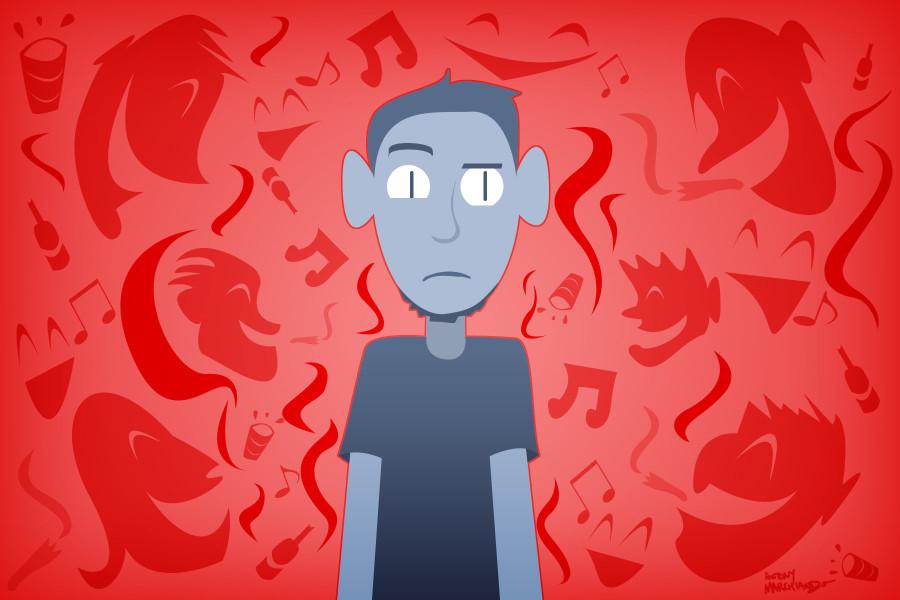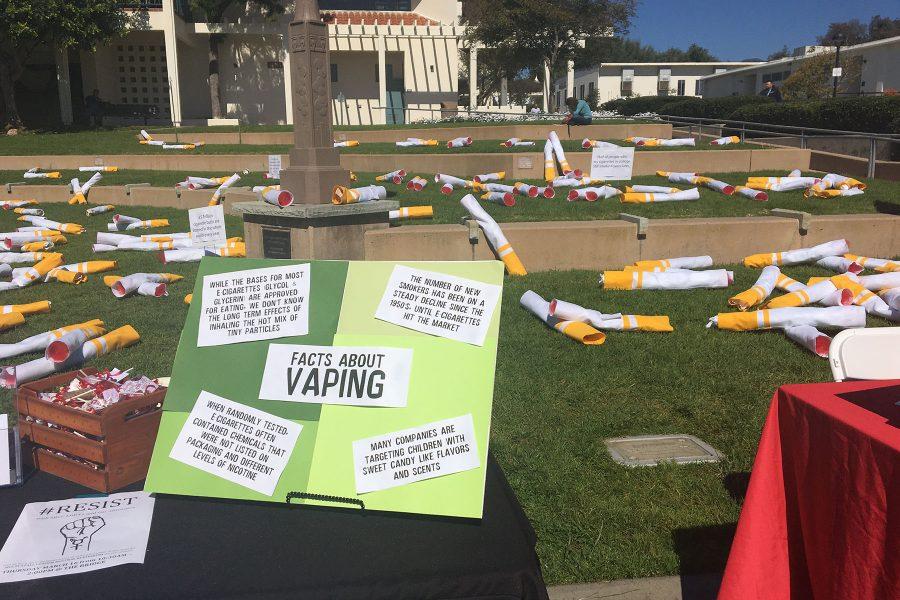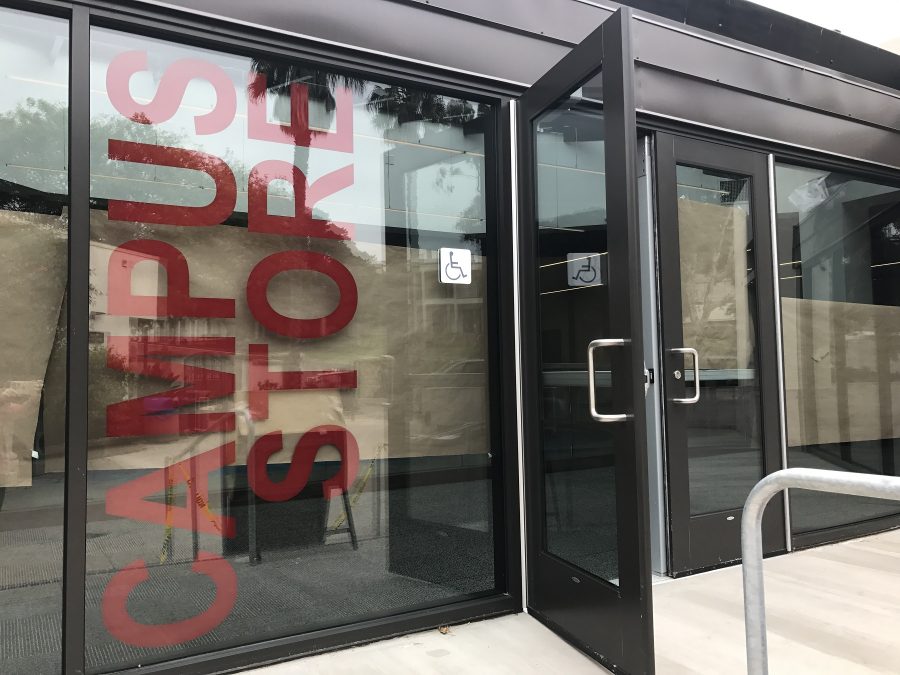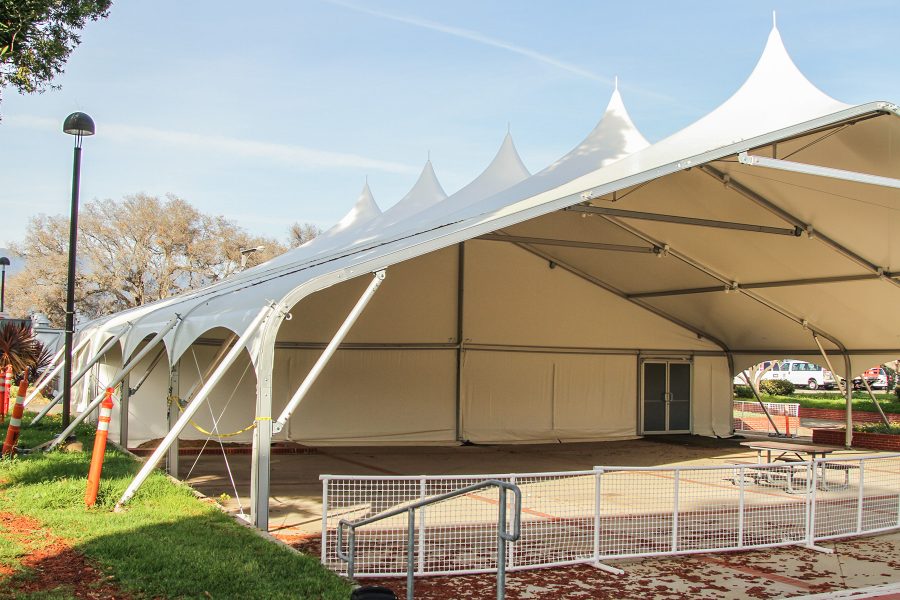Max is a 20-year-old City College student who uses to ease the pain of a high school track injury. In the Goleta house he shares with roommates, his tangle of marijuana plants flourishes under the orange lights of a makeshift hothouse in his garage.
Pruning his plants so they capture optimum light, he describes how getting a medical marijuana license in California is “easy as pie.”
“It’s almost legal in California at this point, if you know what to do,” said Max, who asked that his full name not be used.
The growing consensus of California seems to be that marijuana should be legalized for everyone. According to several people interviewed by The Channels, an easy-to-exploit system has already put the drug in the hands of many with questionable needs.
With the 1996 passage of Proposition 215-called the Compassionate Use Act-California was the first state to legalize the use of medicinal marijuana for permitted patients and their caregivers.
Federal and state laws have conflicted over the controversial usage since the day it was voted into law. On Monday, the announced that it will not prosecute cannabis patients under federal law, as long as they abide by limitations of their state laws.
In Santa Barbara, the City Council’s Ordinance Committee is grappling with whether to limit the location of dispensaries and whether minors need parental consent to obtain a license. The city is being heavily pressured by school officials to set firm limits on the businesses.
Here at City College, students are expected to follow state health and safety laws that spell out five limits to smoking medicinal marijuana, said Erik Fricke, director of campus security. They cannot be within 1,000 feet of school grounds, recreation centers, or youth centers, unless the medical use occurs within a residence.
If security officers are notified that a student is displaying obvious signs of being under the influence while on campus, that smoker will be reported to Ben Partee, dean of student discipline.
Partee said it’s not something he has to enforce often. On average, he issues only one reprimand a year for a student breaking the law and the college’s Standards of Student Conduct for medical marijuana use on campus.
Sometimes, things escalate.
“If they’re under the influence to the point where they can’t function properly, then we call the police,” Fricke said.
Santa Barbara voters in 2006 approved Measure P, mandating that federal and state marijuana laws be the lowest law enforcement priority to the Santa Barbara Police Department.
But that number only reflects activity that has been reported.
“Really what it comes down to is that…legal or illegal, they’re smoking it anyway,” said Ben Murphy, a drug and alcohol counselor at City College.
Although he does treat a few students for marijuana addiction, Murphy said the real life-threatening problem for students on campus-besides alcohol-is the growing abuse of prescription drugs.
Prescription drugs such as Oxycontin, Xanax, Klonopin, Adderall and Ritalin are abused by students all over the country.
“It’s not to say that marijuana is not addictive. It is,” Murphy said. “But I’m saying that it’s not as harmful as alcohol and those other drugs.”
Max said that his doctor prescribed several prescription painkillers after he hurt his back running track, but he didn’t like using them. Instead, he decided to get a medical marijuana license.
Today, Max questions the legitimacy of his doctor, who screened him along with seven other people at the same time. He was never evaluated privately by a medical professional.
This apparently is not uncommon.
“There are well-run medical marijuana practices and poorly run medical marijuana practices,” said Dr. David Bearman, a medical marijuana physician who practices in Goleta. Bearman ran unsuccessfully in 2008 for the Third District seat on the Santa Barbara County Board of Supervisors.
The typical patient seeking a license has a legitimate medical problem and hopes that cannabis can alleviate symptoms, Bearman said. Patients seeking a marijuana prescription should meet with a primary doctor first and discuss the option of medical marijuana, he advised.
Some doctors spend less than 10 minutes with patients before charging them up to $250 for a medical marijuana license. These questionable types of physicians are known as “fig leaf doctors,” and are commonly found on the back of newspapers, flyers or on coupons handed out to the public.
“I think that’s undermining the fact that cannabis has a great deal of utility for people who have significant medical problems,” Bearman said. “It makes a mockery of things.”
Bearman spends about an hour with every patient before deciding whether he or she truly needs the medication. The average age of his patients is 45, and he will not meet with anyone under 21, he said, because he wants to create a distance between himself and the fig leaf doctors.
“There’s a problem here when doctors and patients confuse the medicinal use of marijuana with the recreational use,” Bearman said.
And, apparently, confusing it with illegal use.
“A lot of people can make a lot of money doing this, a lot of students especially,” said Jared Trust, a 23-year-old film production major. Trust has had his license for the past six months, prescribed for his sleep problems.
“You’re in school, you don’t have time for work-just grow weed.”
Trust said he was amazed at how easy it was for him to obtain his license. “Anyone can technically have a legit reason. You just got to figure out what that reason is,” he said.
He also grows his own plants and harvests them for himself. The license gave Trust a sense of security that he said he had not felt before.
“I wanted to start growing, thought it’d be fun,” Trust said. “Then I didn’t have to pay to get weed.”
Max also grows his own weed. His license, along with many marijuana licenses, allows him to grow up to six of his own flowering plants or 12 immature plants. A person can be allowed to grow more if their doctor deems it necessary.
Max shares a house with a few other City College students who also have medical marijuana licenses. They are able to grow dozens of marijuana plants in their home.
“I doubt that I’ll have it for my entire life,” Max said. “I doubt that it’ll be illegal for my entire life.”










